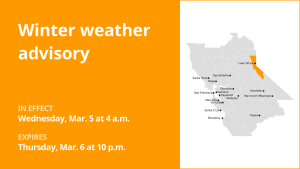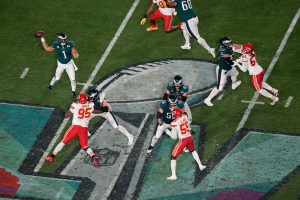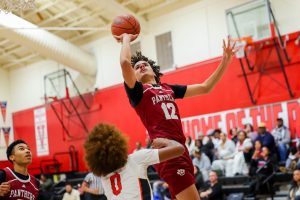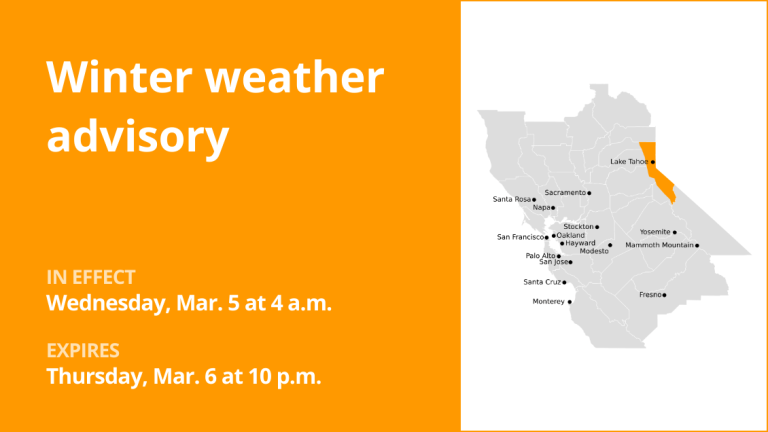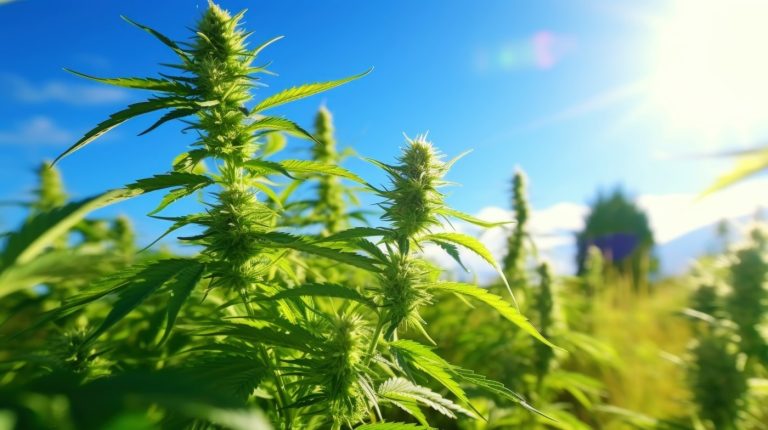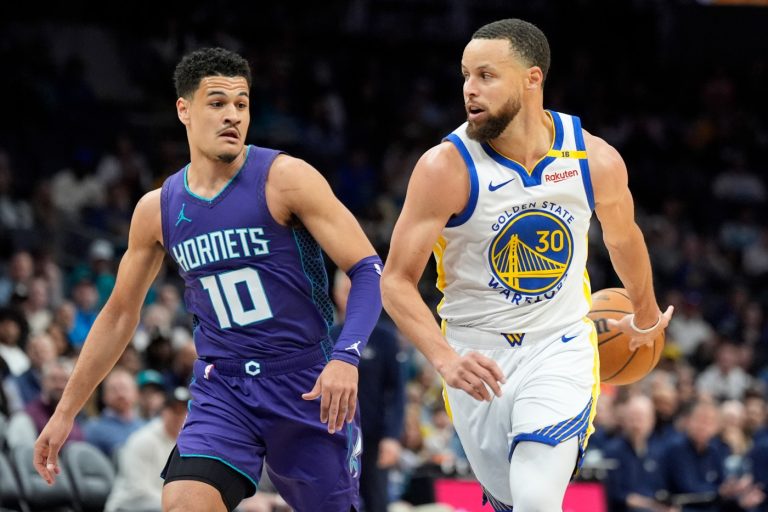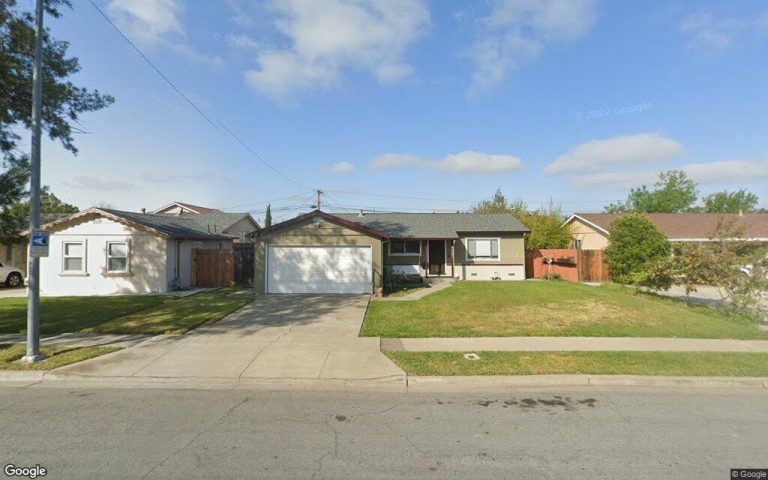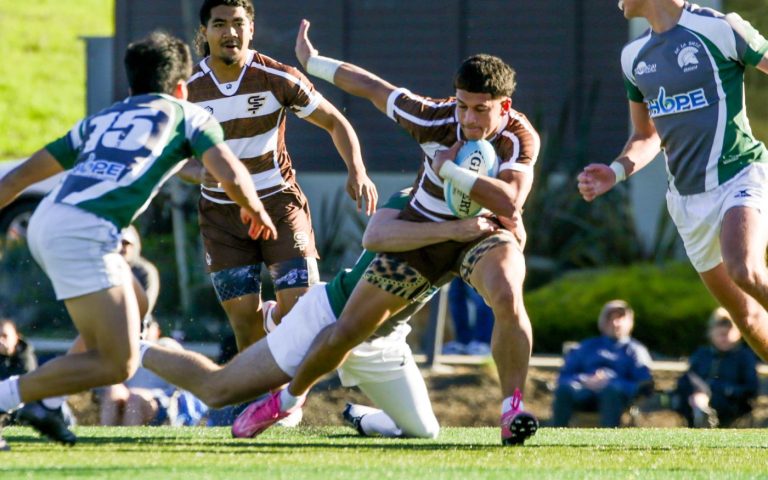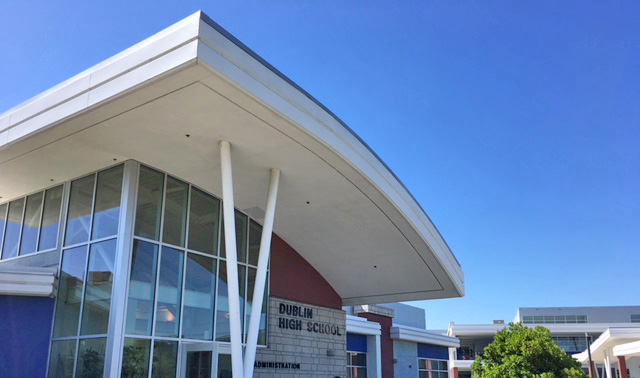By Daniela Sirtori | Bloomberg
When customers walk into Starbucks on Monday, the vibes will be different.
Related Articles
Expect record-high egg prices for most of the year
Trader Joe’s 2025 winners: Customers’ 11 favorite products — including one with a ‘polarizing’ flavor
It’s Tết: 6 destinations to check out in San Jose’s Little Saigon
Recipe: Mango-lobster spring rolls
Pizza My Heart expands with Pleasant Hill restaurant
At least, that’s the goal. Workers will ask guests if they want drinks for here or to go, offering ceramic mugs to those who want to stay . Baristas will be more vigilant about topping macchiatos with a caramel crosshatch pattern made up exactly of seven vertical lines and seven horizontal lines, finished with a spiral.
Bathrooms and free water cups will be available to paying customers only, a policy reversal that has divided store workers. The condiment bar is coming back, and diners will get unlimited free refills of iced or hot coffee whether they’re rewarding members or not, with some conditions. The new procedures apply to company-operated stores in the US and Canada.
The changes mark the first major test of whether Chief Executive Officer Brian Niccol can dig the company out of its first annual sales decline since the pandemic hit in 2020. Part of his plan involves persuading Americans to once again view Starbucks as the go-to place to hang out. Creating a more premium experience in cafes, the thinking goes, will invite more customers to linger — and open up their wallets.
Also see: This San Jose Starbucks has served its last latte
“Maybe they originally ordered a caramel macchiato, and an hour later they want something different,” said Mark Kalinowski, president and CEO at Kalinowski Equity Research.
Brian Nicco — Niccol, a career fast-food executive who first made a name for himself at Taco Bell, was tapped in August to run Starbucks, exiting Chipotle where he was chief executive for six years. Niccol made waves when he relocated Chipotle’s headquarters from Denver to Newport Beach, where he lives with his family. When he got the Starbucks nod, the company said Niccol could work remotely, when appropriate. Since taking the CEO post at Starbucks, Niccol said he wants to take the chain back to its cafe roots. (AP Photo/Mark Lennihan)
Niccol joined Starbucks in September to rescue the chain after boycotts, price increases and lengthy wait times prompted a rare decline in visits. He promised to deliver coffee to in-store customers in four minutes or less as well as to improve the look and feel of Starbucks locations over time. For years, the company had emphasized to-go orders from its mobile app and even remodeled cafes to remove seating.
Early on, Niccol said he’d prioritize ceramic mugs for in-store customers, one of several “personal touches to elevate the cafe experience” he planned to roll out. The company stopped offering reusable tableware in 2020 and brought it back the following year, though it hadn’t made a concerted push to offer it to customers.
Details such as the mugs and perfectly crafted macchiatos can help Starbucks signal that its drinks are worth the price, according to Eric Gonzalez, an analyst at KeyBanc Capital Markets. After customers balked at $6 iced lattes, Niccol pledged to temporarily freeze prices and drop the upcharge for nondairy milk late last year.
“They have an affordability problem,” Gonzalez said. “Maybe one of the ways that they can improve the value perception is by making the experience more premium — giving you a ceramic mug and making you feel good about yourself when you’re sipping it in the coffeehouse. Like you’re on an episode of Friends.”
At a Starbucks in Chicago on Monday morning, the barista at the register asked customers if they wanted their drinks to stay or to go. A caramel macchiato and wrap order was served in reusable tableware, which, according to a sign, customers should return to a tray placed on the condiment bar.
On some tables, a sign announced that refills were available as long as the initial purchase was made in either a reusable personal cup or in “for-here” ware.
One barista drew stars on paper cups. Starbucks will require workers to add handwritten notes on cups starting Feb. 24, according to a memo seen by Bloomberg News, but were encouraged to start as early as Monday.
A Starbucks Coffee on Thursday, Jan. 16, 2025, in Houston. (AP Photo/Ashley Landis)
In another sign of Niccol’s focus, Starbucks recently changed its customer-service survey. Instead of asking guests how much they agree that their barista tried to get to know them, the chain now inquires whether patrons had a great experience, according to two workers who spoke to Bloomberg News. The only options are yes or no.
Investors will look for more updates when the company reports earnings for its first fiscal quarter on Tuesday. Analysts expect sales to decline for the fourth consecutive period, though at a slower rate. The bar isn’t very high, Gonzalez said, since investors are still giving Niccol time to implement changes. Starbucks shares were up about 8% this year through Friday’s close, compared to a roughly 4% increase for the S&P 500 Index.
Customers only
As part of Niccol’s plan to upgrade the experience, Starbucks aims to prioritize the use of its cafes by paying customers and reset expectations about what’s acceptable in stores, the company has said. It’s a pivot from a 2018 policy that allowed anyone to linger in locations, adopted after two Black men were arrested for waiting in a store without ordering. The shift has split baristas, according to conversations with six store workers.
One manager who spoke on the condition of anonymity recalled various instances of patrons assaulting and throwing hot drinks at employees. The manager said the new policy will allow leaders to protect workers and customers.
Rachel McVay, a store manager in Bryan, Texas, said the new code of conduct gives baristas clarity on how to create a welcoming environment and prioritize patrons. “They’re able to communicate to the customers in a clear way that is also empathetic and builds trust,” McVay said in an interview arranged by Starbucks.
But Michelle Eisen, a barista and leader in the union representing employees in more than 500 locations, said it was upsetting to turn away someone who needs shelter from the elements because they haven’t made a purchase. She also warned about potential confrontations with customers.
“We’re at the front lines of having to have these conversations with customers, some of whom are not going to take this well,” she said.
At the Starbucks in Chicago on Monday, a man entered the cafe and paced back and forth, muttering to himself. He didn’t make a purchase, so the worker asked him to leave. At a different location, a barista asked if a purchase had been made before sharing the bathroom code. The restroom door in both stores bore a sign saying it was for customers only.
A handful of cafes have devices that alert baristas if the bathroom has been occupied for a long time. It’s a measure designed to help with safety, in case guests suffer an incident while in the restroom.
Starbucks held three-hour sessions last week to prepare baristas on the changes. The company is encouraging workers “to warmly acknowledge and engage with every person in our store, treating them with kindness, respect, and assuming positive intent,” spokesperson Jaci Anderson said.
Baristas can seek help from supervisors and managers, and stores can call law enforcement if needed. The policy defines customers as people making purchases and those accompanying them. Guests may use the restroom or connect to Wi-Fi before buying something, Starbucks has said.

